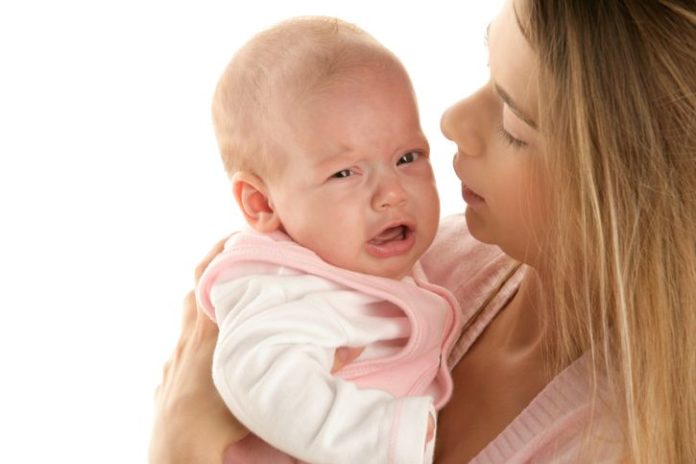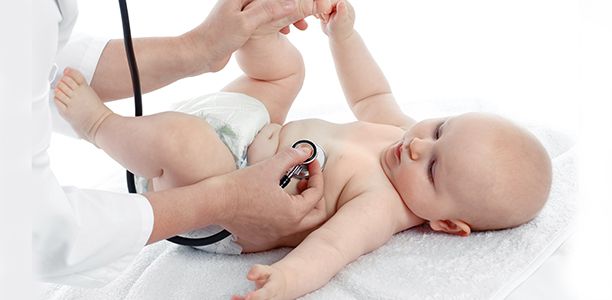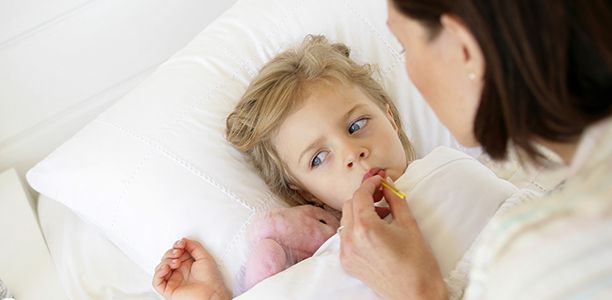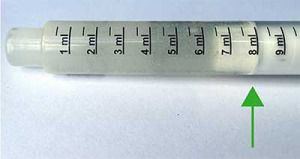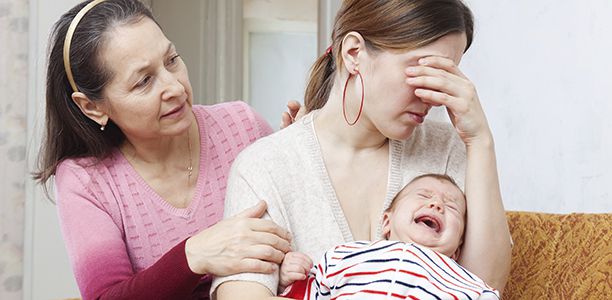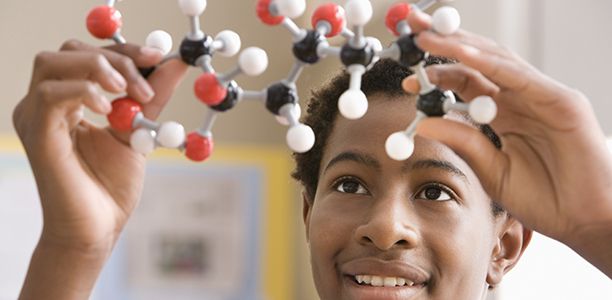UOW has teamed up with Movember on a multi-million dollar first-of-its-kind project, involving six of Australia’s major sporting organisations, which aims to address mental health issues among adolescent male athletes.
The Movember Foundation awarded UOW almost $2 million over the next three years to conduct the most comprehensive study of its kind into the role of sport in helping adolescent males identify and overcome mental health issues.
The project will see UOW partner with Australia’s leading government sports body the Australian Sports Commission, and top sporting organisations, such as the AFL, Cricket Australia, Tennis Australia, Swimming Australia, Basketball Australia and Football Federation Australia, as well as mental health providers The Black Dog Institute and the Australian Drug Foundation’s Good Sports Program.
More than 5,000 young men, from across the sporting codes, are expected to take part in the UOW-led research.
Sports Psychologist Dr Stewart Vella, from UOW’s Early Start Research Institute, will lead the project, which will use a grassroots approach to provide clubs with the tools they need to support their young members who are grappling with depression and suicidal thoughts.
“Our aim is to reduce the suicide rate among adolescent males, provide strong social and community networks, and reduce the stigma associated with mental health problems.”
Dr Vella said Australia’s strong sporting culture provided an avenue to reach a large proportion of adolescent males, who experience disproportionately higher rates of suicide and mental health concerns.
“Sport offers an opportunity to build social and emotional skills, which underpin our general wellbeing, in a consistent and safe environment,” Dr Vella said.
More than 2.5 million children and adolescents participate in organised sports throughout Australia each year. However, research has shown that adolescents who drop out of organised sport are 10 to 20% more likely to be diagnosed with a mental health problem during the next three years than their peers who stay in organised sport.
Dr Vella, who will be supporting Movember by growing his own moustache next month, said the partnership between UOW and Movember would help reduce to stigma of mental health problems in sport and have a positive impact on the lives of countless adolescent men throughout Australia.
“We are excited to be working with Movember, which is such a powerful force for change and so innovative in raising the profile of men’s health issues.”
Dr Erika Borkoles and Professor Remco Polman, from Victoria University, Queensland University of Technology’s Professor Stewart Trost, and Associate Professor Chris Lonsdale and Professor Sandra Jones from the Australian Catholic University are also involved in the project.
UOW’s Global Challenges Program, a multidisciplinary initiative designed to solve to complex problems facing our world, is a key supporter of the study. A key focus of the Global Challenges Program, Living Well, Longer, involves exploration of how the mental and physical health of Australians can be maximised to contribute to a long and healthy life.
The Movember Foundation is the leading global organisation committed to changing the face of men’s health. By encouraging men to grow moustaches in the month of November, Movember raises money for mental health problems, prostate cancer and testicular cancer.
(Source: University of Wollongong)



